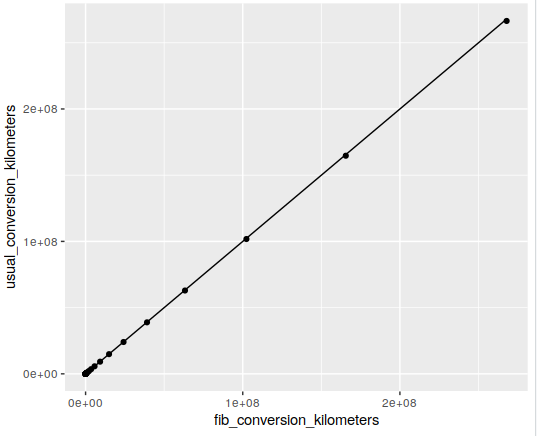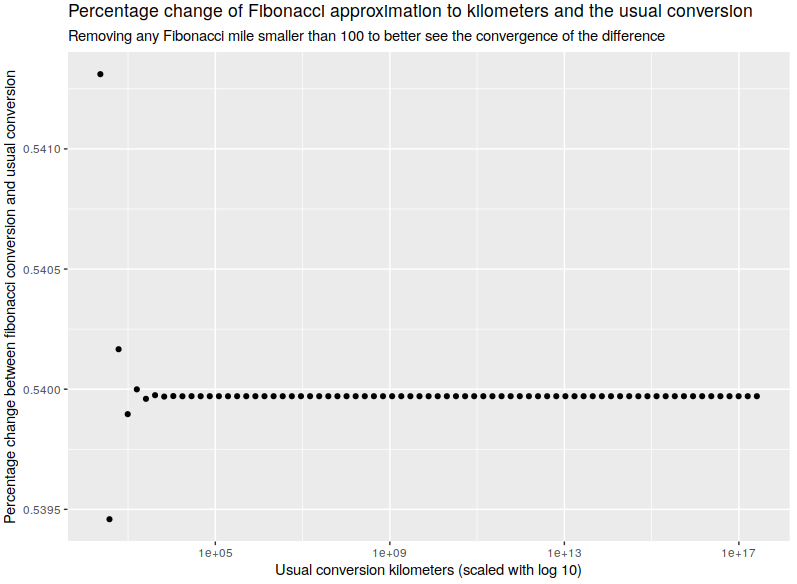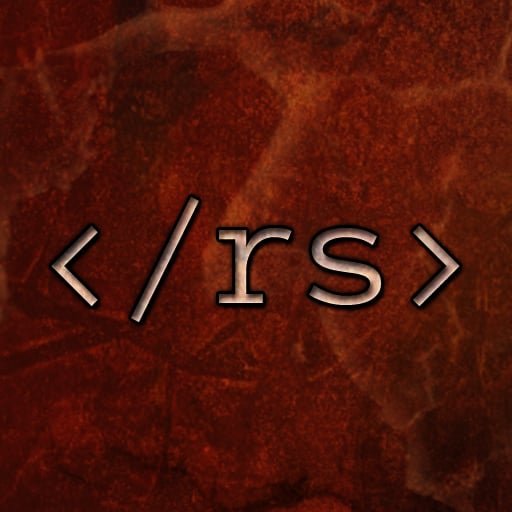I just learned the mind palace technique to memorize stuff and wanna put it to use.
deleted by creator
Came here to say this. Instead of pronouncing your name on the phone, just read the NATO alphabets that constitute your name.
My wife always gives me shit for trying to use this. Any job that involves communicating things like names or worse, random strings of letters, should train their staff to use it. Remember that part of the design was specifically to make it easier for people with English as a second language(or not at all) to still recognize the letters over potentially unreliable radio.
It can definitely come in handy speaking on the phone in all sorts of situations.
At a job once, I was on the phone with a customer and was spelling something or giving a string of letters (can’t remember what exactly), and I was having trouble thinking of good words to use. “D as in… duck” not realizing that could’ve sounded like B as in buck or T as in tuck. “F as in…” (don’t say fuck don’t say-) “fu… fun.” “V as in… Vin Diesel.”
Customer was laughing, so I think it went well.
My problem is that I learned it in Dutch before I learned the international English version - and I can’t remember it in Swedish. Throwing in very typical Dutch names in a conversation happening in a different language can lead to confusion.
deleted by creator
For day-to-day purposes, if you are used to Fahrenheit but not Celsius or vice versa, and all you want to do is get a rough sense of how warm or cold it is outside without having to do arithmetic involving fractions in your head, then remember that there are two temperatures in Celsius that are roughly the same in Fahrenheit but with their digits transposed: 16° C ~ 61° F, and 28° C ~ 82° F. You can then roughly interpolate/extrapolate by about 2° F for every 1° C.
Also freezing is 0 in Celsius, so 32f is 0c. That one always helps me. Not as useful for converting c to f.
Alternatively, 100C is boiling, which is 212F.
Bob and Doug Mackenzie thought me to roughly convert C to F by taking the temperature in Celsius, doubling it and then adding 30. It gets you in the ballpark.
Do you remember the Fibonacci sequence? You can use it to convert miles to kilometers .
2 mi ~= 3km
5mi ~= 8km
8mi ~= 13km
13mi ~= 21km
And so on.
Wait, is this true until its not or is it true forever as you go higher in the sequence?
I think the way to formally prove this is to find the difference between the Fibonacci approximation and the usual conversion, and then to find whether that series is convergent or not. Someone who has taken the appropriate pre-calculus or calculus course could actually carry it out :P
However, I got curious about graphing it for distances “small enough” like from Earth to the sun (150 million km). Turns out, there’s always an error, but the error doesn’t seem to be growing. In other words, except for the first few terms, the Fibonacci approximation works!
This graph grabs each “Fibonacci mile” and converts it to kilometers either with the usual conversion or the Fibonacci-approximation conversion. I also plotted a straight line to see if the points deviated.

Edit: Here’s another graph

So it turns out:
- Fibonacci-approximated kilometers are always higher than the usual-conversion kilometers
- At most, the difference between both is 25%. That happens early on in the terms.
- After that, the percentage difference oscillates around a value and comes closer to it.
- When talking about more than 100 miles, the percentage change approximates 0.54.
TL;DR:
- Yes, the Fibonacci trick is true forever as you go higher in the sequence if you’re willing to accept a 0.54% error.
If someone wants to play around with the code, here it is.
Note that you need RStudio and the Tidyverse package.
You just did the math!
Mmm dat ggplot2 but ggthemr::ggthemr(“flat”) is where it’s at.
Checked it out and love that package! Thanks for the recommendation :)
The ratio of consecutive terms of the Fibonacci sequence is approximately the golden ratio phi = ~1.618. This approximation gets more accurate as the sequence advances. One mile is ~1.609km. So technically for large enough numbers of miles, you will be off by about half a percent.
It’s true forever. The Fibonacci sequence used in this way converges on the golden ratio, which is close to the conversion of km and mi.
Someone already replied with a graph, but I also got curious and checked for some higher numbers. Sure enough, it held up.
For example:
832,040mi => 1,346,269km (actual: 1,339,039km)So are you telling me that the inventors of the mile were using the golden ratio?
We wish they were that cool, the inventors of the modern mile were more concerned about land measurements. A square mile is 640 acres. Which neatly can be cut into quarters 3 times. 160, 40, 10.
Just a neat coincidence
Conversion factor of miles to kilometers is about 1.609 and golden ratio is about 1.618, it will be pretty accurate for quite a while…
It’s always true because the ratio of miles to km is really close to the golden ratio.
If you do it for a zillion miles you’ll be off by a lot of km, but proportionally the same amount as for 1 mile
That’s brilliant.
That’s awesome thanks !
- Useful: Times tables/math formulas if you havent already.
- Fun: the way to solve a rubik’s cube so you can show off
For the rubix cube one, besides showing off, it’s also fun to learn how to solve it and practicing to get faster and faster at solving it. It’s worth it.
I got down to about a minute and then realized it would take a lot more time to get lower than that.
My problem is everything makes sense until the last face. The algorithms seem too abstract at that point; it is memorizing a thing vs intuiting a thing.
The litany against fear
The mneumonic major system. Once I learned it by heart, it helped me memorize all kinds of numbers: cards, IDs, passwords, addresses…
That sounds a lot more complicated than just memorizing the number itself. How long did it take before you felt comfortable with this?
To give an extreme example:
“I solemnly swear that I am up to no good.” vs. “053250411391271”
But to be fair, I never end up with nice sentences. It’s more like “Thank you, rainbow. Clock firework” and I imagine myself thanking a rainbow and telling it to “clock firework”, whatever that means…
As to how long, I think it could’ve been a couple of months doing a dozen or so conversions. In total it’s a very small investment of time, assuming you space it out and don’t cram. It really helps to use the Wikipedia mnemonics (like how 4 is kinda like a mirrored R).
Thank you. I’ll give it a shot, since the example you gave is awesome.
Anyone who isn’t at least mildly interested that you know Morse code isn’t someone you want to know :-)
Good filter technique.
Also works the other way around, which is neat.
In that you know to avoid the weirdo in the corner wearing a “Ask me why I know morse code” t-shirt at the party?
Correct.
what if someone is mildly interested in why you use it as a filter technique? :P
Simple recipe formulas that are scalable
Baker’s ratios make my family think I’m a much better baker than I am.
Basic risen bread (a “60% hydration bread” ): 100 parts by weight of flour, 60-70 parts liquid, 3 parts salt, 2 parts yeast. Use grams and scale it up by 5 (500g flour), use water or beer for the liquid, knead, let rise for an hour or so, shape, rest for 30min, then bake at 400F for about an hour or until the inside is around 190-200F, and LET IT COOL to sub-120F before you cut in. Or if you’re feeling fancy, use scalded and cooled milk, add 5-10 parts sugar, and swap out 10-20 parts of the liquid for melted but not hot butter - and you get a nice rich bread, half way to a brioche. Or go to 70-75 parts liquid, including some olive oil, and kneed for a long time, and you got a solid pizza dough.
Quick breads: 2 parts flour, 2 parts liquid (including sugar), 1 part beaten egg, 1 part fat (oil or melted butter). This gives you a jumping if point for banana breads, pancakes, muffins, and scones. Add or withhold a little liquid to get the consistency you want for how you’re cooking it.
1 Stick of Butter 2 Egg Yolks 3 Tbsp of Lemon Juice
A crowd pleasing karaoke song!
I’ve never seen these flop at kareoke (if done with average competency):
Jump around - cypress hill gang
I will survive - Gloria Gaynor
Bohemian Rhapsody - Queen
Billy Jean - Michael Jackson (many other covers)
Shake it off - Taylor Swift
Pick 1 of the above plus a Beatles song and you’re good for impromptu Kareoke.
If you have a few days notice and a friend to plan with the options expand…
I tried Bohemian Rhapsody once at karaoke, realized quick that I did not have the range for that song.
Yeah, that one definitely flopped when I tried it.
I’ve got Sir Mixalot’s “I like big butts” on lock
Given that you cannot lie, this must be true.
New Jersey state law requires everyone to sing along to Don’t Stop Believing.
I once chose Paradise By The Dashboard Light for karaoke and that was the only time I’ve ever done karaoke because I’m still embarrassed ten years later at how awful a choice it was. Great song, terrible for karaoke.
Learn some alphabets of foreign languages. Russian is fun because some of the characters looks like English letters but have completely different sounds. Korean is also cool because it looks crazy complex but it’s actually extremely simple.
I don’t know any Korean, but the Korean alphabet is by far the best writing system I’ve seen.
The characters make the shape your mouth makes while annunciating that letter. It’s ingenious.
Subnets
/24 and /32 are like 90% of the battle. 256 hosts and 1 host solves most issues.
A completely random ordering of a deck of cards. You can have a deck pre-stacked in this order, learn some false shuffles, have someone pick a card and place it back anywhere they want without marking its location in any way, and when you inspect the deck you know exactly what their card is. And they’ll never guess that the way you did it was memorizing the order of every card in the deck.
I’m sure there are a lot more advanced ways to take advantage of this, just a handy ability to have in your back pocket (literally).
If you’re going to memorise a deck of cards, you’re better off learning something like the Mnemonica Stack as you can use it as the basis for a whole load of card tricks.
Not necessarily the part for calculating the day of the week for any arbitrary day centuries ago, that’s just a useless party trick, but for the current year so you don’t need to pull out your phone to check. Knowing that 1/3 (or 1/4 on a leap year), the last day of February, 3/14, 4/4, 5/9, 6/6, 7/11, 8/8, 9/5, 10/10, 11/7, and 12/12 are all the same day of the week, that this year they’re all Tuesdays, and next year they’re all Thursdays, is mostly easy to remember and very frequently useful.
The Ballad of Sam McGee.
There are strange things done in the midnight sun
Have you heard the tragedy of Darth Plagueis the Wise?
I heard there was something unnatural about him.















